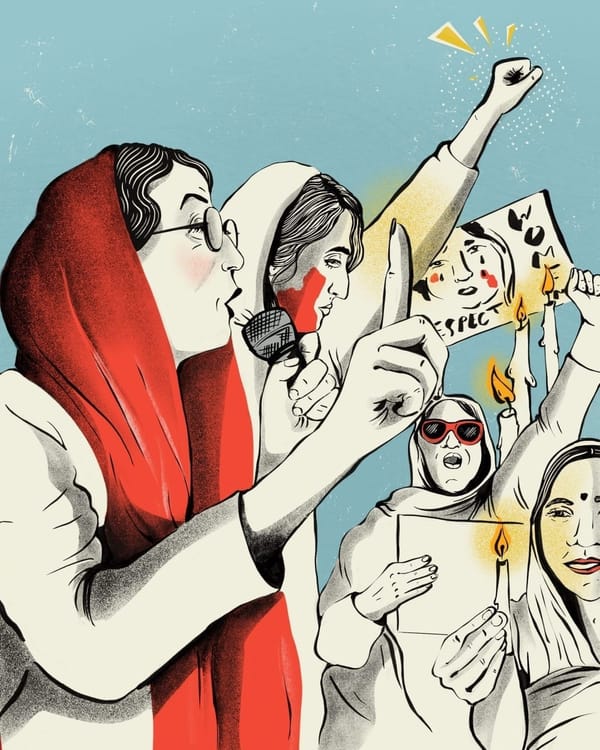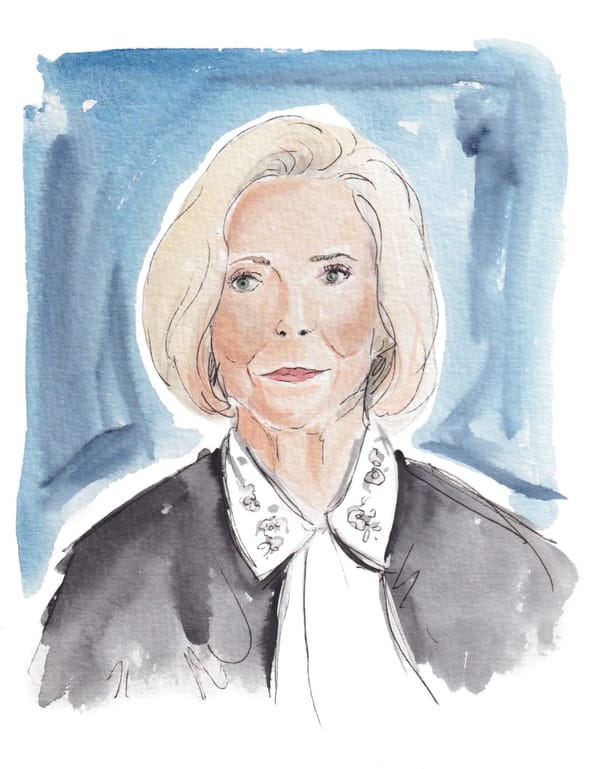How Did Medical Birth Trauma in the UK Become So 'Normal'?
Women share their stories of birth trauma in a new U.K. report. When did shockingly bad maternity care become the norm?

“It was a planned c-section, but when she came out, she wasn’t breathing.”
“No-one had thought to turn on the oxygen in the operating room.”
“He wasn’t crying.”
“I was losing too much blood.”
“They took her away.”
“They said I was just being anxious.”
This is how birth trauma stories come out. Often in a whisper, over a coffee, on the benches at the playground, on the sidelines at baby group. That is, if the stories come out at all.
But the truth is, stories like these are staggeringly common.
I live in East Kent, about 50 miles outside London, an area where maternity services are in crisis; where at least 45 babies died in 11 years, 17 others were left with life-changing complications such as brain damage and cerebral palsy and countless women were left injured, including at least one who needed a hysterectomy.
Definitions of birth trauma vary, but at its heart, it pertains to the significant negative effects on a woman's health and well-being. We're not talking about an unexpected c-section or a deferral from a birth plan: This is long-term damage—physical or mental—to a woman or her baby. And yet it affects thousands of women each year, in particular, women of color.
Now the first inquiry into birth trauma by U.K. lawmakers, a response to failings in several areas (including East Kent), has revealed that the rest of the U.K. isn't doing much better. Maternity services in the country are of “shockingly poor quality,” with women “treated as an inconvenience,” and errors routinely covered up by hospitals. In the U.K., the infant mortality rate—deaths of children under a year old, including stillbirths—rose in 2021 (the most recent data available) for the first time since the 1980s, to 4 deaths per 1,000 births, from 3.8 the year before.
This figure places the U.K. 29th out of 38 OECD countries, with more deaths per thousand than Italy, Spain, Germany and Greece—but fewer than the U.S. and Canada, whose figures are 5.4 and 4.5 deaths per 1,000 births respectively.
One woman was told to “stop my crying, calm down and try to save the other baby.”
The inquiry also found that between four and five percent of women in the U.K.—around 30,000 in total—develop post-traumatic stress disorder (PTSD) each year after giving birth. Hardly surprising, given the stories. One woman quoted in the report, who lost a twin baby during the 19th week of her pregnancy, was told by a consultant to “stop my crying, calm down and try to save the other baby.” The other baby also died.
Another woman whose c-section scar “disintegrated” days after her surgery told the inquiry: “Nobody treated the fact that my insides were now on the outside… They stuck a sanitary towel over my abdomen and left me there for 10 days until eventually…I became gravely ill again.”
Giving evidence to the inquiry, a consultant gynecologist, Angie Doshani, summed up the approach to mothers by quoting the American obstetrician, Alison Stuebe: “The baby is the candy, the mum is the wrapper, and once the baby is out of the wrapper, we cast it aside.”
These kinds of stories are not unique to the U.K. The inquiry, which heard from 1,300 people, was inspired by a similar one in New South Wales, Australia, which is ongoing.
In the U.S., where the maternal mortality rate is almost twice that of the OECD average, 17 percent of new parents experience symptoms of PTSD, according to the American Psychiatric Association (APA), which also highlights—as does the U.K. report—that women of color, and Black women in particular, are “disproportionately impacted, experiencing high rates of birth trauma and obstetric injury and a higher risk of developing postpartum depression, bipolar disorder and anxiety disorders than other women.”
Yet birth trauma is still treated like a fringe issue: Of 18 European nations surveyed by the U.K. inquiry, only one, The Netherlands, has a national policy aimed at preventing traumatic births.
Complicating matters is the idea that many doctors are afraid to talk about the possibility of injury. One doctor told the inquiry his colleagues didn’t tend to raise the possibility of injury “because we think that women will be frightened.” By contrast, a woman who had given birth in Switzerland said pamphlets were provided in waiting rooms about “common postnatal difficulties such as prolapse,” and after birth women were offered pelvic physiotherapy.
Theo Clarke, the British member of Parliament who led the inquiry, has made 12 recommendations as part of a National Maternity Improvement Strategy, including better training for obstetricians and midwives, a six-week check for new mothers with a GP which includes separate questions for the mother’s physical and mental health, and universal access to specialist maternal mental health services, to provide support with postpartum depression and anxiety.
But this would be tacked onto a vastly underfunded service: In 2021, before high inflation took hold, a report recommended the budget for maternity services be increased by between £200m and £350m per annum “with immediate effect;” last year the U.K.’s Department for Health announced that just £165m a year was being invested in boosting the maternity workforce. Meanwhile, the U.K. report estimates that the overall cost to society of treating the mental and physical health problems created by birth trauma is somewhere between £100m and £400m a year.
When we can’t put our money where our mouth is, that tells us how seriously the establishment treats birth trauma; never mind how many lives it harms.
Emma Haslett is a U.K.-based journalist and author whose podcast, 'Big Fat Negative', looks at infertility, IVF and the trials of trying for a baby.





